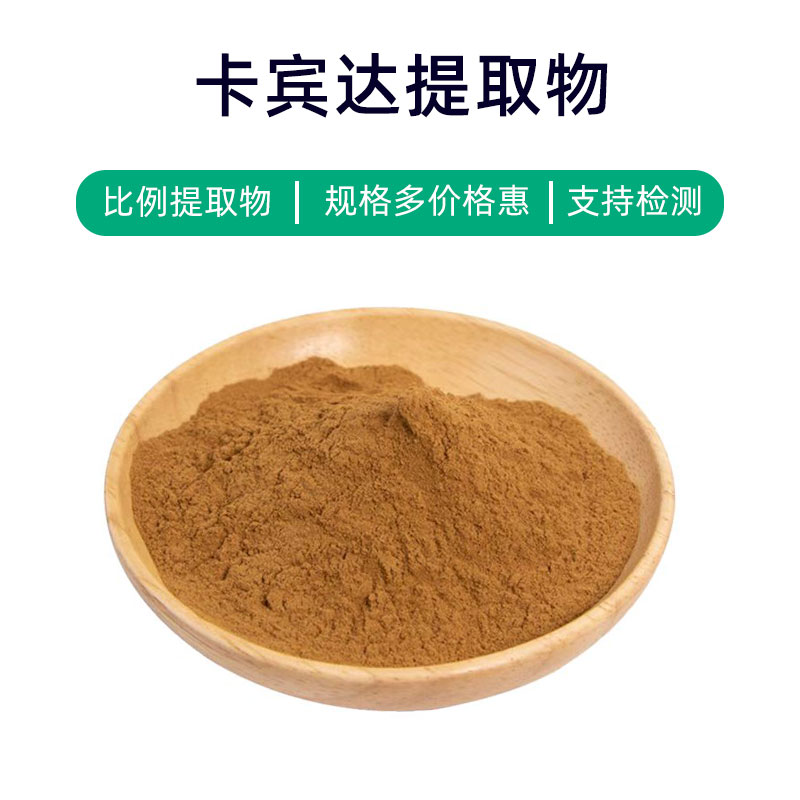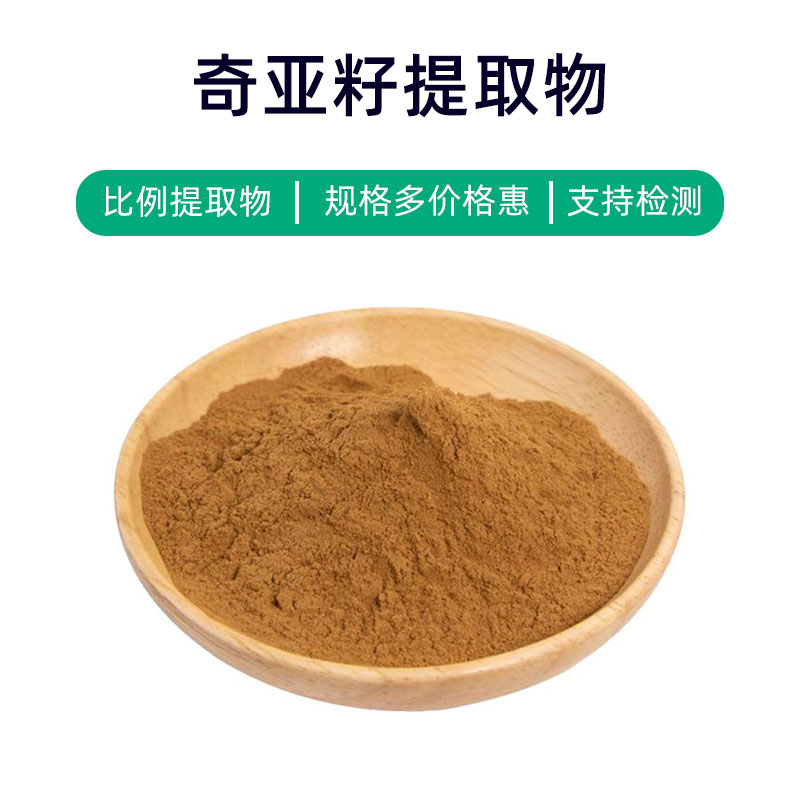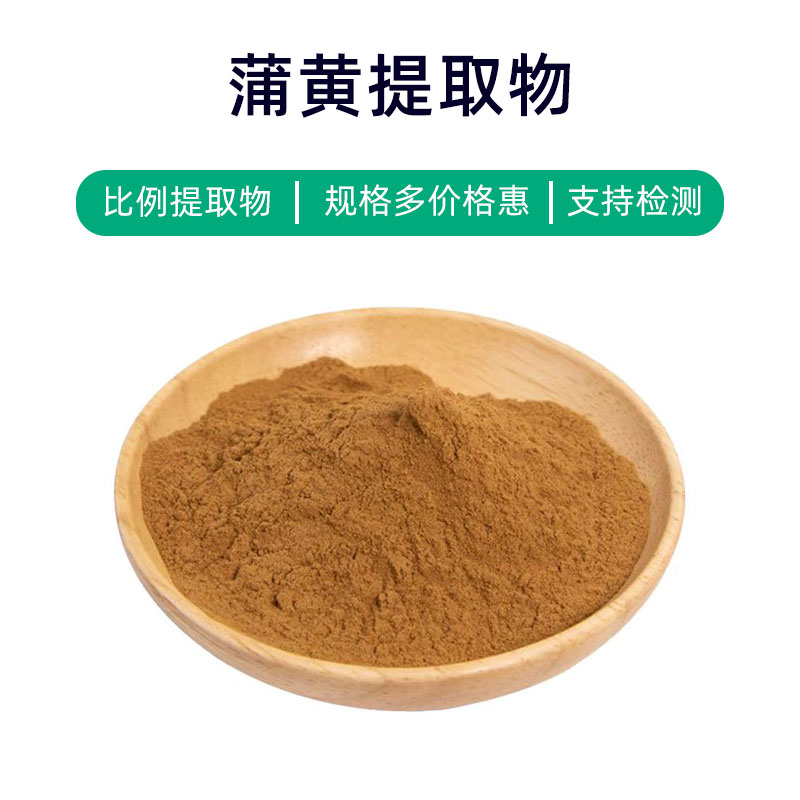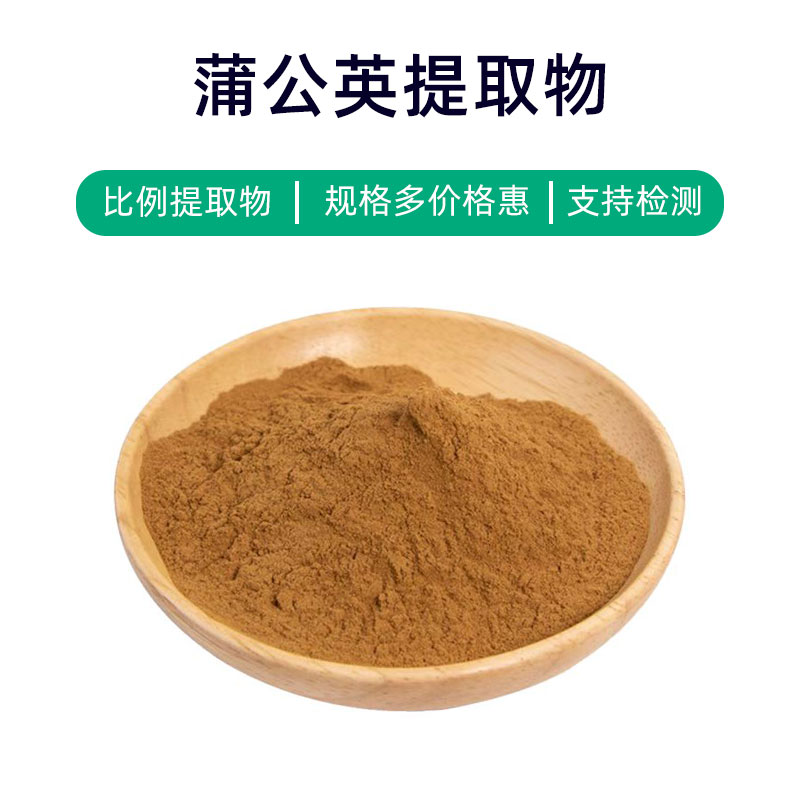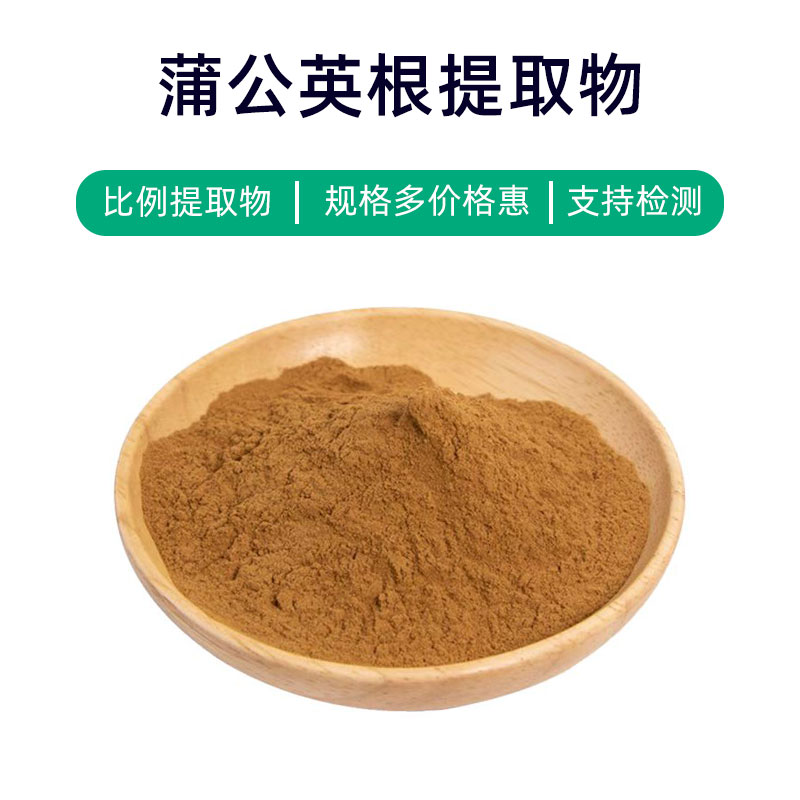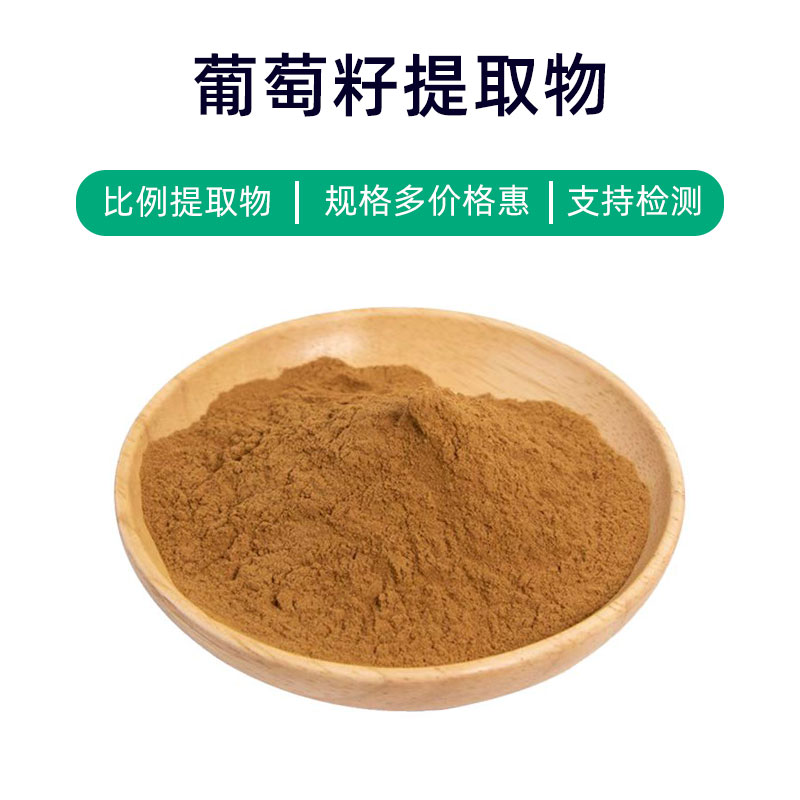Grass Cardamom Extract Product Introduction
Grass Cardamom Extract is a natural plant extract derived from the seeds of Grass Cardamom (Elettaria cardamomum). Its main components include volatile oils, mucilage, resins, and starch. This extract finds extensive use in food, health products, pharmaceuticals, and cosmetics.
Grass Cardamom Extract has multiple benefits, primarily including the regulation of gastrointestinal function, improvement of breath, and enhancement of mental alertness. Specifically, it promotes digestion and alleviates gastrointestinal discomfort, serving as an adjunct for issues such as indigestion, stomach pain, and diarrhea. Additionally, it is known for its invigorating properties, helping to improve mental clarity and memory. Its distinctive aroma is also frequently utilized in oral care products, aiding in breath freshening and combating bad breath.
In terms of applications, Grass Cardamom Extract is commonly added to various food items, including seasonings, baked goods, and tea beverages, to enhance flavor and aroma. Similarly, it is found in health supplements and pharmaceuticals as a natural herbal ingredient to regulate the gastrointestinal tract and alleviate digestive discomfort. In the cosmetics sector, it is often included in oral care products and perfumes, providing users with a refreshing and uplifting experience.
Grass Cardamom Extract Production Process
The production process of Grass Cardamom Extract typically involves the following steps:
- Raw Material Preparation: Select high-quality Grass Cardamom seeds as raw materials. These seeds need to be washed and screened to remove impurities and undesirable products.
- Crushing and Grinding: The cleaned seeds are initially crushed in a crusher, then ground into a fine powder using a milling machine.
- Solvent Extraction: The Grass Cardamom powder is mixed with an appropriate solvent (such as ethanol or ethyl acetate) and then soaked at suitable temperatures. The choice of solvent and extraction conditions will affect extraction efficiency and product quality.
- Filtration and Concentration: The solution after extraction is filtered through a sieve to remove solid impurities. Subsequently, the solvent is evaporated from the solution using distillation or concentration equipment to produce a concentrated extract.
- Purification and Separation: The concentrated liquid undergoes further purification and separation, typically using devices like separatory funnels and rotary evaporators to remove residual solvents and other impurities.
- Drying and Pulverizing: The purified concentrated extract is dried using methods such as spray drying or vacuum drying. The dried extract is usually in powder form and needs to be crushed and screened to achieve the desired particle size.
- Packaging and Storage: Finally, the extract is packaged in moisture-proof, sealed materials to prevent moisture and light exposure. The extract should be stored in a dry, cool location away from high temperatures and direct sunlight to ensure product quality and stability.
This is a typical production process for Grass Cardamom Extract, and each step must be strictly controlled to ensure product quality and safety.
Benefits and Side Effects of Grass Cardamom Extract
Grass Cardamom Extract is a commonly used natural remedy with various benefits, mainly including the following aspects:
- Digestive System Support: Grass Cardamom Extract is believed to promote digestion by stimulating the secretion of gastric juices, helping to alleviate issues like indigestion, bloating, and stomach discomfort.
- Antioxidant Properties: Rich in various antioxidants, such as polyphenolic compounds, Grass Cardamom Extract can neutralize free radicals, protect cells from oxidative damage, and slow the aging process.
- Anti-inflammatory and Antimicrobial Effects: The extract contains abundant volatile oils and natural compounds with anti-inflammatory and antimicrobial properties, helping to prevent and alleviate inflammatory diseases like arthritis and dermatitis.
- Improving Respiratory Health: Traditionally used to support respiratory health, Grass Cardamom Extract can relieve symptoms like cough and sore throat and helps treat cold and respiratory diseases.
- Enhancing Heart Health: Research indicates that active components in Grass Cardamom Extract can help lower cholesterol levels and improve cardiovascular health, preventing heart disease.
- Mood Regulation: It is thought to have calming and anti-anxiety effects, helping to relieve anxiety, tension, and stress, thus improving mood.
Despite the numerous benefits of Grass Cardamom Extract, caution should be exercised with the following points:
- Dosage Control: When using Grass Cardamom Extract, be mindful of the dosage to avoid excessive use, which may lead to adverse reactions.
- Individual Differences: Due to individual variability, some people may be sensitive to Grass Cardamom Extract, potentially experiencing allergic reactions or digestive discomfort. It is advisable to conduct an allergy test before use.
- Caution for Pregnant and Nursing Women: Pregnant or nursing women should use Grass Cardamom Extract under medical supervision to avoid potential adverse effects on the fetus or infant.
In summary, Grass Cardamom Extract offers numerous benefits, but it is best to consult with a doctor or professional healthcare provider before use to ensure safe and effective application.
Applications and Dosages of Grass Cardamom Extract
Grass Cardamom Extract has a wide range of applications in the pharmaceutical, food, and cosmetics fields. Here’s a detailed overview of its applications and dosages:
- Pharmaceutical Applications:
- Indigestion Treatment: Grass Cardamom Extract is often used to treat indigestion, stomach pain, and bloating. The general recommended oral dosage is 300-600 mg per intake, 1-3 times daily.
- Respiratory Health: It can alleviate respiratory issues like colds, coughs, and asthma. Typical dosage is 300-600 mg per intake, 1-3 times daily.
- Cardiovascular Health: Grass Cardamom Extract is beneficial for cardiovascular health, helping lower cholesterol levels and enhance blood circulation. The advised daily intake is 300-600 mg.
- Food Applications:
- Flavoring Agent: Grass Cardamom Extract is commonly used as a flavoring in cooking, adding aroma and taste to dishes. The amount usually depends on personal preference and the specific dish.
- Functional Foods: It is also added to some functional foods, such as health teas and dietary supplements, to enhance their health benefits.
- Cosmetics Applications:
- Oral Care: Grass Cardamom Extract is frequently found in oral care products like toothpaste and chewing gum, providing breath freshening and antibacterial properties. The dosage typically varies based on the product formulation.
- Skin Care: It can be included in skincare products such as creams and cleansers, offering antioxidant and anti-inflammatory benefits, which contribute to improving skin health. The typical usage is as part of the product formulation.
It is important to note that the usage and dosage of Grass Cardamom Extract may vary according to the product type, individual differences, and manufacturer recommendations. Therefore, it's advisable to refer to the product description or consult professionals before using. Additionally, for pregnant women, nursing mothers, and children, it is recommended to seek medical guidance before use.
Overview of the Source Plant of Grass Cardamom Extract, Distribution, and Growing Environment
Grass Cardamom (Scientific Name: Alpinia katsumadai Hayata) is a perennial herbaceous plant belonging to the ginger family and the cardamom genus. Here is a detailed description of the source plant of Grass Cardamom Extract, its distribution, and growing environment:
- Plant Description:
The Grass Cardamom plant is tall, with a developed rhizome, typically growing about 1-1.5 meters high. The leaves are lanceolate, leathery, with distinct midribs and lateral veins. The flowers are borne in terminal racemes, small, white or pale yellow. The fruit is a capsule that turns red when mature. - Distribution:
Grass Cardamom is native to southern China, Taiwan, India, Myanmar, and Vietnam. In China, it is found in provinces like Yunnan, Guangxi, Guangdong, Fujian, Hunan, and Guizhou. It thrives in warm, humid climates, making it relatively common in these regions. - Growing Environment:
Grass Cardamom prefers to grow in warm, humid environments, typically found in mountainous jungles, hills, and valleys at altitudes of 500-1500 meters. It requires ample sunlight and moist soil but can also tolerate shade, demonstrating strong adaptability. - Ecological Habits:
Grass Cardamom is a shade-tolerant plant, commonly found under tree canopies or in forested slopes. It likes moist soil but is also adaptable to well-drained soil. In its natural habitat, Grass Cardamom often grows with other ginger species, woody plants, and herbs, creating rich vegetative communities. - Propagation Methods:
Grass Cardamom propagates through the expansion and branching of its rhizome, as well as by seed. Its seeds are typically dispersed by wind or animals and germinate in suitable environmental conditions.
In summary, Grass Cardamom is a plant that thrives in warm, humid environments, widely distributed in the mountainous jungles and valleys of southern China and Southeast Asia. Given its specific growth conditions, it usually grows in damp woodlands or forested hills.
Processing and Storage of Grass Cardamom Extract
The processing of Grass Cardamom Extract mainly includes the following steps: First, fresh Grass Cardamom plants are collected, cleaned, and processed to remove impurities before undergoing initial drying to eliminate excess moisture. Next, the dried Grass Cardamom is crushed or sliced to enhance extraction efficiency. Following this, suitable solvents (such as ethanol or water) are used for extraction by soaking, macerating, or other methods to extract the active components from the Grass Cardamom. Finally, purification steps such as filtration, concentration, and drying are performed to obtain the refined Grass Cardamom Extract.
For storage, Grass Cardamom Extract should be kept in a cool, dry place, avoiding direct sunlight and high humidity environments. It is usually recommended to store the extract in sealed containers to prevent moisture and oxygen ingress. Additionally, regularly check the extract's appearance and odor to ensure there are no off-odors or signs of spoilage, thereby maintaining its stability and quality.
Monica Sun is a seasoned expert in the plant extraction industry with over a decade of experience in research and production. She specializes in the extraction and purification of plant active ingredients, focusing on driving innovation in natural product applications. Monica has participated in the development of multiple functional plant extracts, delivering high-value natural raw material solutions for the health food, pharmaceutical, and dietary supplement sectors.









